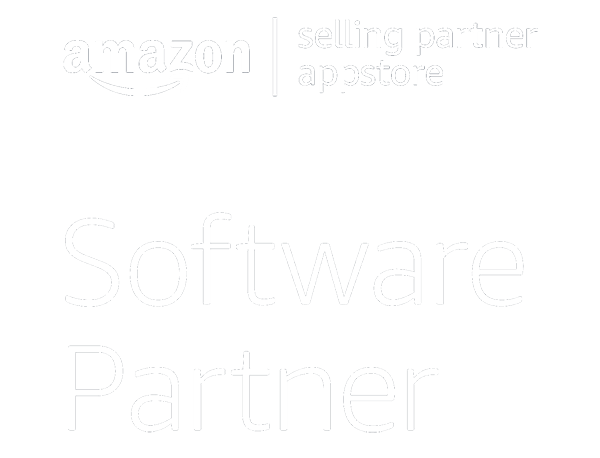Small businesses have unique challenges when it comes to financial statements. Owners rarely have accounting backgrounds, and often operate without a finance team. This can make it difficult to identify the most important financial data for the company. One financial statement that every small business owner should be aware of is a Profit & Loss (P&L) statement. It’s also commonly referred to as an income statement. This document can reveal any red flags in your business finances and help inform future business decisions. In this blog, we’ll cover the basics for P&L statements and explain how to write one.
Profit and loss statements – what are they?
P&L statements are financial documents that summarize a company’s expenses and revenue over a precise time period. This information is then used when it comes to calculating a business’ net profit or loss. These statements can be prepared on an annual, quarterly or monthly basis.
What can you learn from a profit and loss statement?
The best place to find big picture, quarterly or annual insights into the financial health of your business is in this document. Reviewing a P&L statement will help you track revenue growth, identify areas of high expense, and monitor profitability. This information can be used to inform future business decisions. Here are a few specific ways it can help:
Identify relationships between expenses and revenue
Your P&L statement will summarize your spending, and more importantly, whether it’s leading to profit for your business.
Those investments you made in digital marketing or expanding your sales team—did they lead to more revenue? More importantly, did they improve your bottom line? Your P&L statement will show you. You’ll also see changes in overhead costs compared to business performance. This is one of the best ways to find inefficiencies in your business operations.
Tax Preparation
Your business taxes are based on your net profit or loss. So naturally, a comprehensive P&L statement will contain much of the information that the IRS uses to calculate how much tax you owe for the year. If you’re already writing P&L statements, you’ll be all the more prepared for tax time.
Is your business in a position to borrow money?
In addition to a business credit report, banks or lenders may ask for a P&L statement before they approve any business loans. They’ll look at your revenue, expenses, and net profit to get an idea of your financial health. What lenders want to see is that you’re making enough to cover your loan payments, with some room to navigate comfortably. A strong P&L statement will optimize your chance of getting your loan approved.
Even if you already have a credit line or a short-term cash influx, your P&L statement can help you arrange your funds so that you don’t stretch yourself too far, and so that you can pay back your loans.
How to write a profit and loss statement
Now that we’ve covered what a P&L statement is and what it can do for your business, let’s go over how to actually write one.
The first step is to gather your financial information. This includes all revenue and expenses for the period you’re covering. You can get this data from your accounting software, bank statements, and receipts. Rather than combining bank statements for expenses, we recommend tracking and categorizing this data in real time.
Next, you’ll want to create a template for your P&L statement, and export your revenue and expense data. You can find templates online or in accounting software programs like QuickBooks or FreshBooks.
Once you have your template set up, you can begin filling in your revenue and expenses. Be sure to include the date, description, and amount for each entry. Once you have all the data entered, you can calculate your net profit or loss.
Real-time financial health of your small business
P&L statements are useful for quarterly business planning, large performance assessments, and taxes. But they aren’t a viable option for day-to-day business decisions.
While there are templates to produce P&L statements quite quickly, you should not realistically expect to have them available for each decision. You will need more immediate data that can be found in financial and banking statements. You will need to know how all decisions can impact your cash flow, and identify income trends and spending to pick out growth opportunities.
Consider an all-in-one financial management platform that connects with your bank and accounting tools. This will provide real-time, unique data for your business that doesn’t require a long day with Excel spreadsheets.



